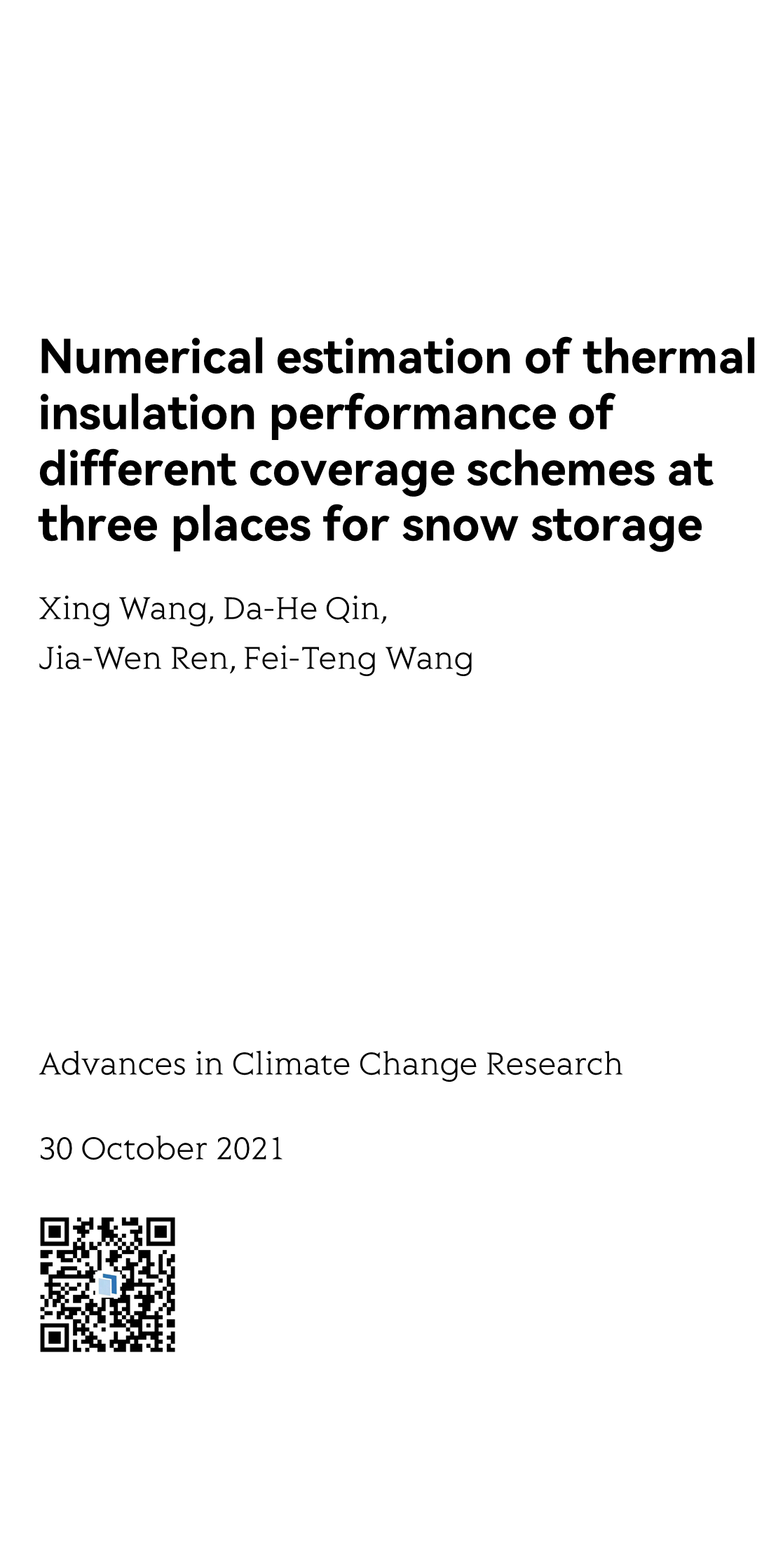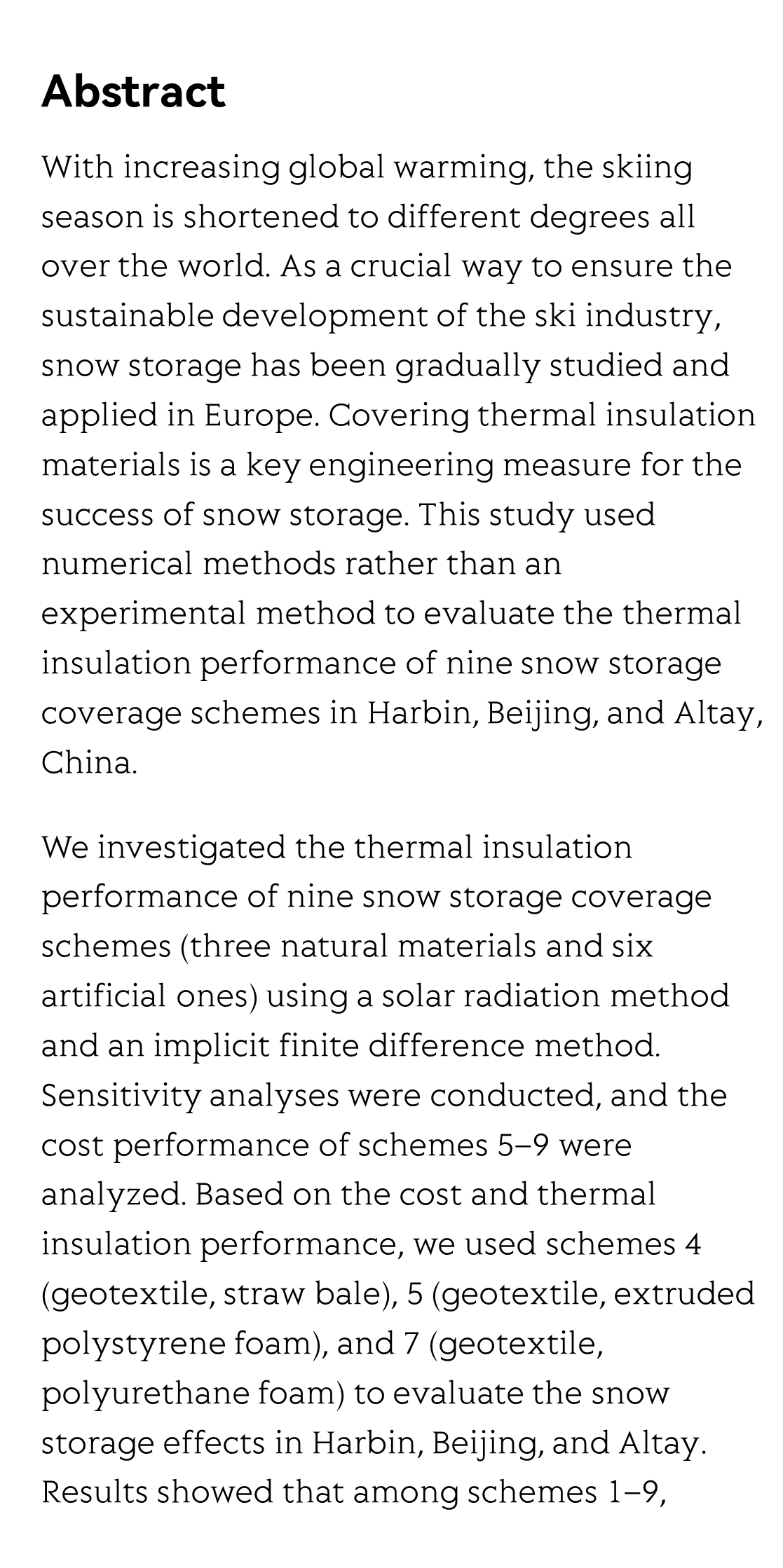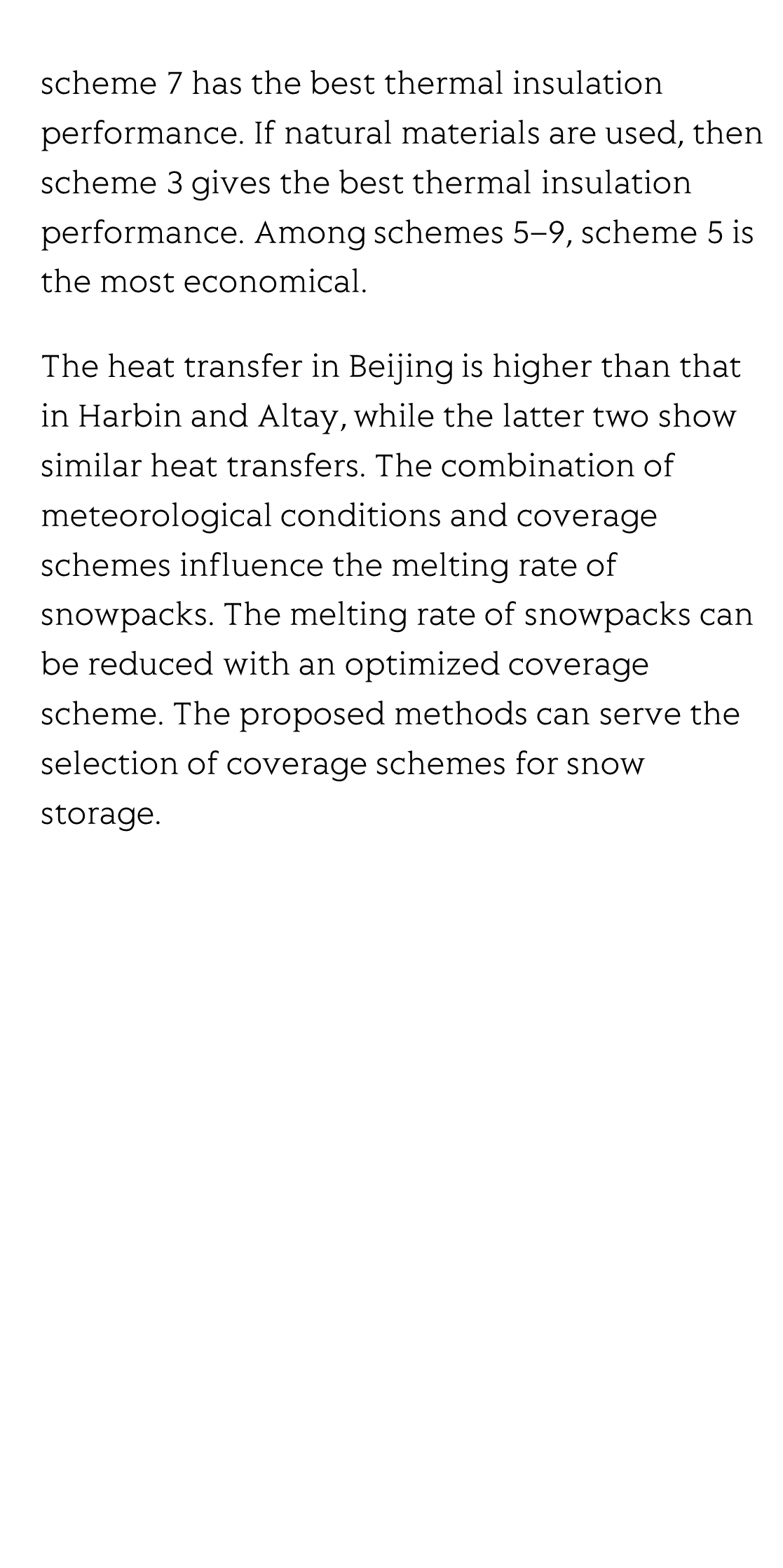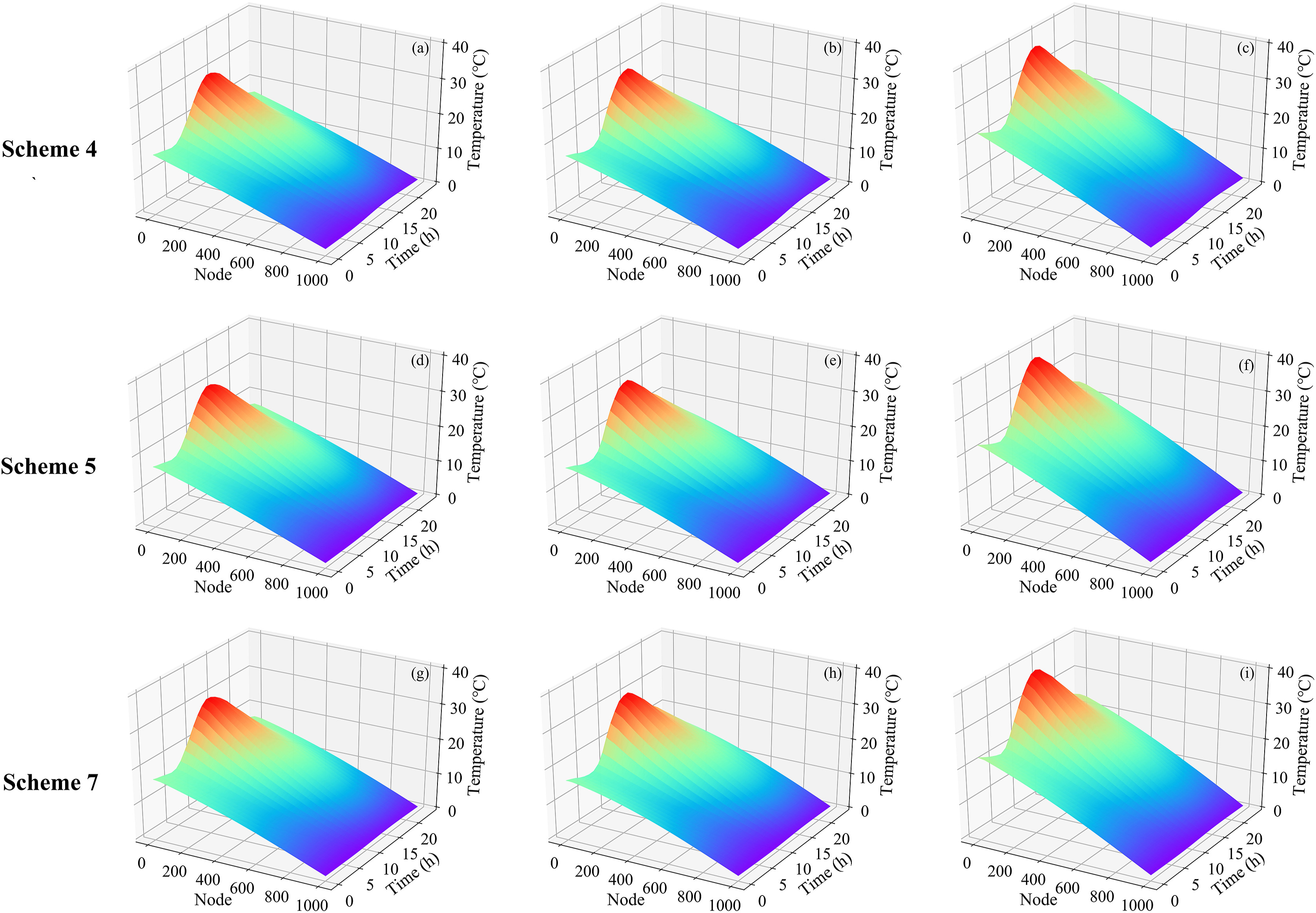(Peer-Reviewed) Numerical estimation of thermal insulation performance of different coverage schemes at three places for snow storage
Xing Wang 王兴 ¹ ², Da-He Qin 秦大河 ¹ ², Jia-Wen Ren 任贾文 ¹ ², Fei-Teng Wang 王飞腾 ¹
¹ State Key Laboratory of Cryospheric Science, Northwest Institute of Eco-Environment and Resources, Chinese Academy of Sciences, Lanzhou, 730000, China
中国 兰州 中国科学院西北生态环境资源研究院 冰冻圈科学国家重点实验室
² University of Chinese Academy of Sciences, Beijing, 100049, China
中国 北京 中国科学院大学
Abstract
With increasing global warming, the skiing season is shortened to different degrees all over the world. As a crucial way to ensure the sustainable development of the ski industry, snow storage has been gradually studied and applied in Europe. Covering thermal insulation materials is a key engineering measure for the success of snow storage. This study used numerical methods rather than an experimental method to evaluate the thermal insulation performance of nine snow storage coverage schemes in Harbin, Beijing, and Altay, China.
We investigated the thermal insulation performance of nine snow storage coverage schemes (three natural materials and six artificial ones) using a solar radiation method and an implicit finite difference method. Sensitivity analyses were conducted, and the cost performance of schemes 5–9 were analyzed. Based on the cost and thermal insulation performance, we used schemes 4 (geotextile, straw bale), 5 (geotextile, extruded polystyrene foam), and 7 (geotextile, polyurethane foam) to evaluate the snow storage effects in Harbin, Beijing, and Altay. Results showed that among schemes 1–9, scheme 7 has the best thermal insulation performance. If natural materials are used, then scheme 3 gives the best thermal insulation performance. Among schemes 5–9, scheme 5 is the most economical.
The heat transfer in Beijing is higher than that in Harbin and Altay, while the latter two show similar heat transfers. The combination of meteorological conditions and coverage schemes influence the melting rate of snowpacks. The melting rate of snowpacks can be reduced with an optimized coverage scheme. The proposed methods can serve the selection of coverage schemes for snow storage.
Flicker minimization in power-saving displays enabled by measurement of difference in flexoelectric coefficients and displacement-current in positive dielectric anisotropy liquid crystals
Junho Jung, HaYoung Jung, GyuRi Choi, HanByeol Park, Sun-Mi Park, Ki-Sun Kwon, Heui-Seok Jin, Dong-Jin Lee, Hoon Jeong, JeongKi Park, Byeong Koo Kim, Seung Hee Lee, MinSu Kim
Opto-Electronic Advances
2025-09-25
Dual-frequency angular-multiplexed fringe projection profilometry with deep learning: breaking hardware limits for ultra-high-speed 3D imaging
Wenwu Chen, Yifan Liu, Shijie Feng, Wei Yin, Jiaming Qian, Yixuan Li, Hang Zhang, Maciej Trusiak, Malgorzata Kujawinska, Qian Chen, Chao Zuo
Opto-Electronic Advances
2025-09-25







